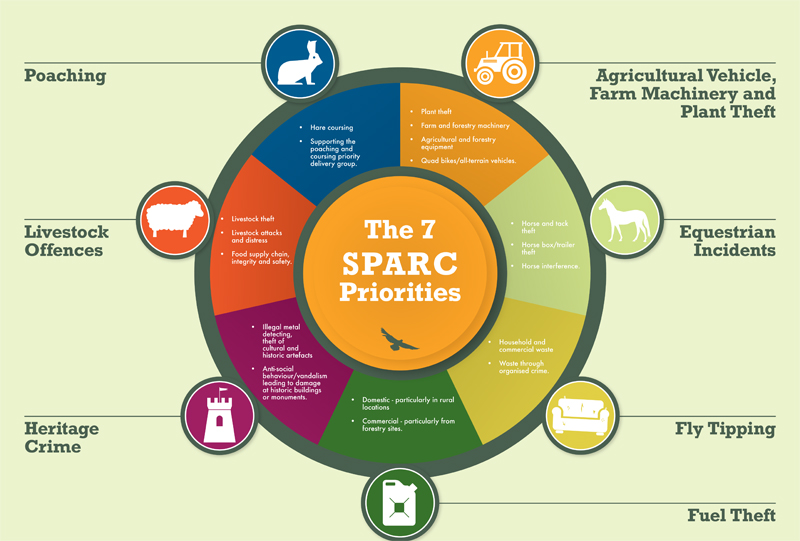The National Records of Scotland defines it as namely a population of less than 3,000. This is further split into accessible rural – those with less than a 30 minutes’ drive to the nearest settlement with a population of 10,000 or more – and remote rural – those with a greater than 30 minute drive to the nearest settlement with a population of 10,000 or more. Exceptions will always exist and it is important any village or smaller town communities, often surrounded by farmland and open space, are perceived as being rural despite their close proximity to Scotland’s larger cities and towns.
In the absence of a nationally agreed definition, for the purposes of the Rural Crime Strategy 2019 – 2022 and following consultation with key and relevant partners, SPARC members have collectively defined rural crime for Scotland as:
any crime that occurs in a rural location or affects any person living, working or visiting a rural location
Building on work previously undertaken coupled with recent consultation involving partners, SPARC has set the following priorities:
